What Nguyen Truong To left for the country is not discussed because many research projects, scientific seminars, books have talked a lot, the article only mentions the place where he was born, grew up and rested. The villagers still pass on this planning story when telling the old story of him moving the villagers of his mother's hometown from a low place to a higher place. The roads were redistributed more scientifically. Another famous construction project of his in his hometown is the Xa Doai Church area (located right at the Vinh Bishop's Palace now) which at that time followed Western techniques and architecture. In the story of Nguyen Truong To written by his son Nguyen Truong Cuu, in the last 3 years of his life, he presided over the construction of the Xa Doai Church. The old vestiges here no longer exist because of war bombs, but the reconstructed works later were said to have many old appearances. Having many contributions to his hometown, after his death, he was respected by many people and later built a tomb as a predecessor.
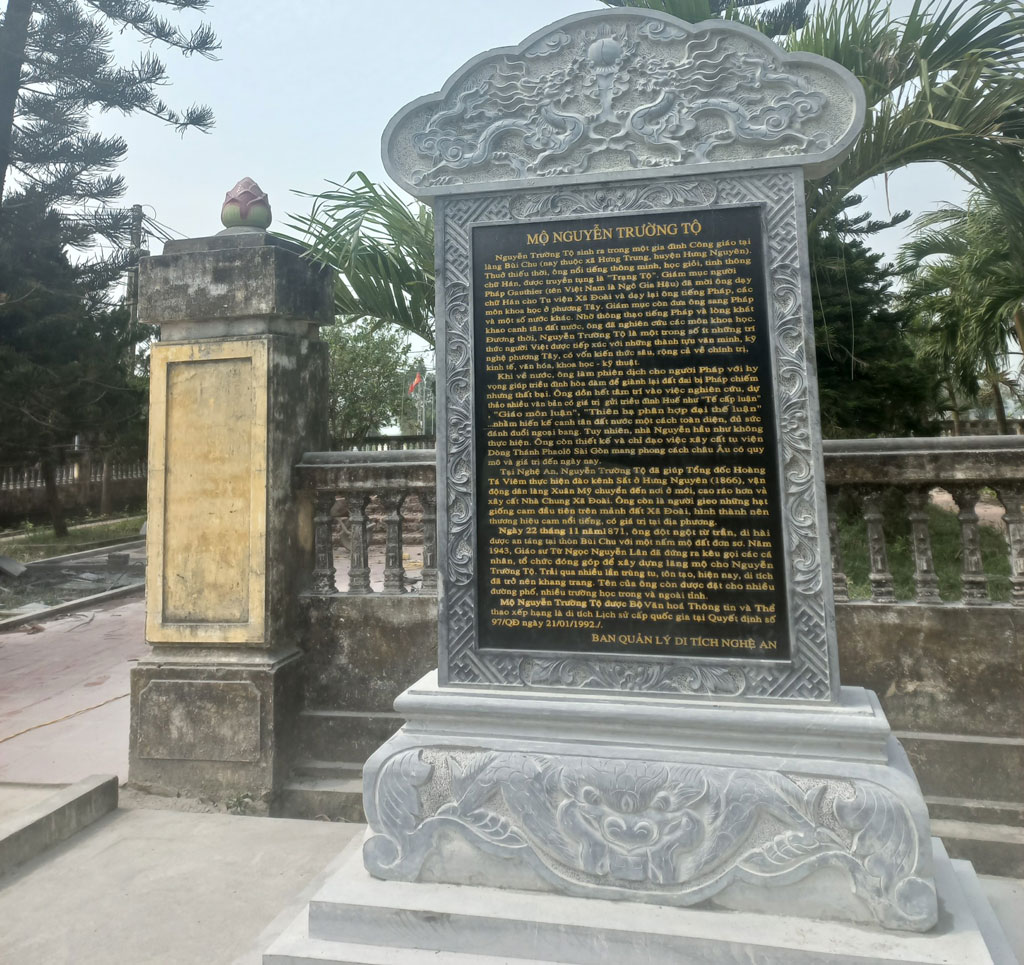
On his tombstone today, the year of birth and death are clearly engraved, but according to Priest Truong Ba Can (Nguyen Truong To - The Man and His Legacy, published in 1988), "Currently, we do not have enough documents to determine with certainty the year of birth of Nguyen Truong To. But if he died in the 24th year of Tu Duc, that is, 1871, and was 41 years old, then the year of birth must be 1830, not 1828. The date of death and the age of a person are often accurately conveyed by the family." And his son confirmed that Nguyen Truong To died at the age of 41 in the book The Story of Nguyen Truong To.
According to many records, when he passed away, he was buried at a whetstone field, a plot of land about 300m west of the current tomb. His tomb is currently about 1km from Bui Chu Parish Church. In front of the tomb is a stone stele erected by the Nghe An Relic Management Board and the total area of the tomb is slightly more than 1,000m2 . Initially, the tomb was low and somewhat too simple, until 1943, Tu Ngoc, also known as Professor Nguyen Lan, organized a call for individuals and organizations to contribute efforts and money to build a tomb and erect a stele for the famous person, so that there was a stele made of Thanh Hoa stone as it is today. Thus, this tomb and stele have been around for more than 70 years. On January 21, 1992, the Ministry of Culture and Information (now the Ministry of Culture, Sports and Tourism) ranked it a National Monument; in 1996, Hung Nguyen district invested funds to build and upgrade the relic site. Memorial works for famous people began to have fences, flower gardens, and simple ornamental plants in the middle of rural residential areas.
The first line engraved on the tombstone is the name and the saint's name: Paul Nguyen Truong To clearly shows his origin as a Catholic believer. The tombstone records his birth year in Minh Mang IX (1828) and his death year in Tu Duc XXIV (1871). According to the tombstone, Nguyen Truong To died at the age of 43. The overall tombstone is made of stone, with the appearance of an ancient tombstone, but it is mixed with the architectural features of Catholicism when there is a cross placed on the top. Right below the cross, there are carvings of a dragon's head and patterns of clouds, water, flowers and leaves. According to the explanation heard about his tombstone, the carvings of apricot blossoms, pomegranate blossoms, pens, scrolls and 4 bats according to ancient culture imply bringing blessings and fortune, leaving them to future generations. The tombstone is also engraved with parallel sentences in Han and Nom characters. On the vertical tombstone on both sides of the tombstone, there are two parallel sentences in Nom and on both sides of the tombstone, there are also a pair of parallel sentences in Han characters.
On the front and side of the stele pillar are carved two parallel sentences in Chinese and Nom characters praising the spirit and courage of a talented and patriotic man:
Parallel sentences in front of Nom characters:
Love God and love people in peace
The king's loyalty and love for his country are always remembered.
Parallel sentences on the side of the Chinese characters:
The policy of the Central Military Commission
Patriotic spirit starts the descendants.
The day I went to the mausoleum to burn incense for the talented scholar also coincided with the time when the mausoleum was being renovated and upgraded to near completion. Previously, the stone tomb that had been low to the ground since the end of last year was raised higher and had steps built. It is known that every year, the local government regularly organizes incense offering ceremonies to commemorate his birthday. The last relatives of Nguyen Truong To living in the village are also visited on this occasion. Currently, Nguyen Truong To's descendants still live in Bui Chu village. Up to now, he has had a 6th generation of descendants./.
The priceless legacy that Nguyen Truong To left to posterity is 58 manuscripts, most of which are recommendations sent to the royal court. His recommendations covered many areas: Education, culture, economy, national defense, diplomacy, religion, mandarins, etc. His consistent viewpoint was to reform education, abandon Confucianism, broaden people's knowledge, train talented people, develop the economy, expand diplomatic relations, make the country rich and strong, repel foreign invaders, and maintain the country's lasting independence. Many of his excellent recommendations still hold true today. As a Western-educated person, Nguyen Truong To contributed to the formation of ancient Saigon, which is the Saint Enfance monastery of the Saint Paul order that still exists today. |
Minh Hai
Source link



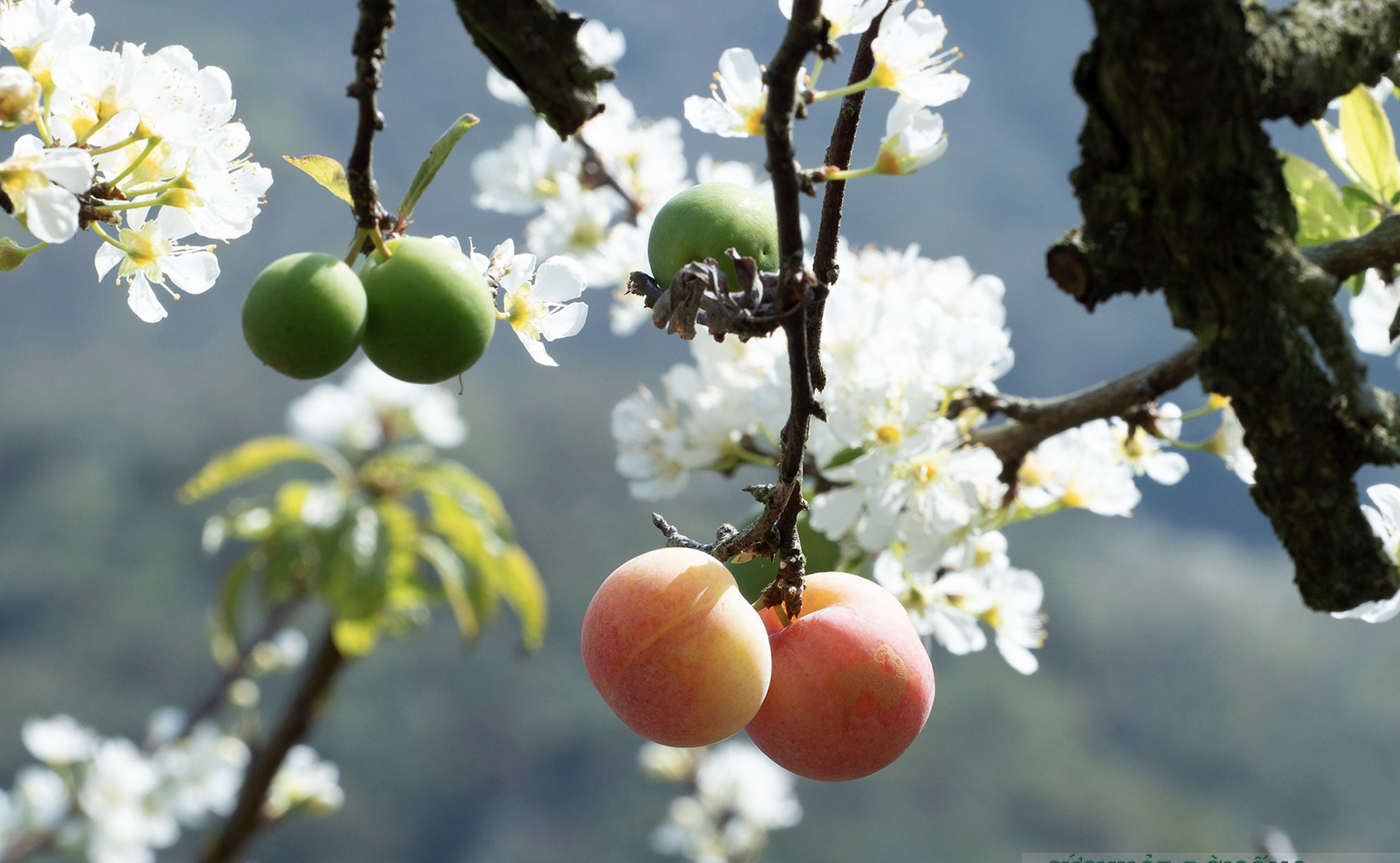
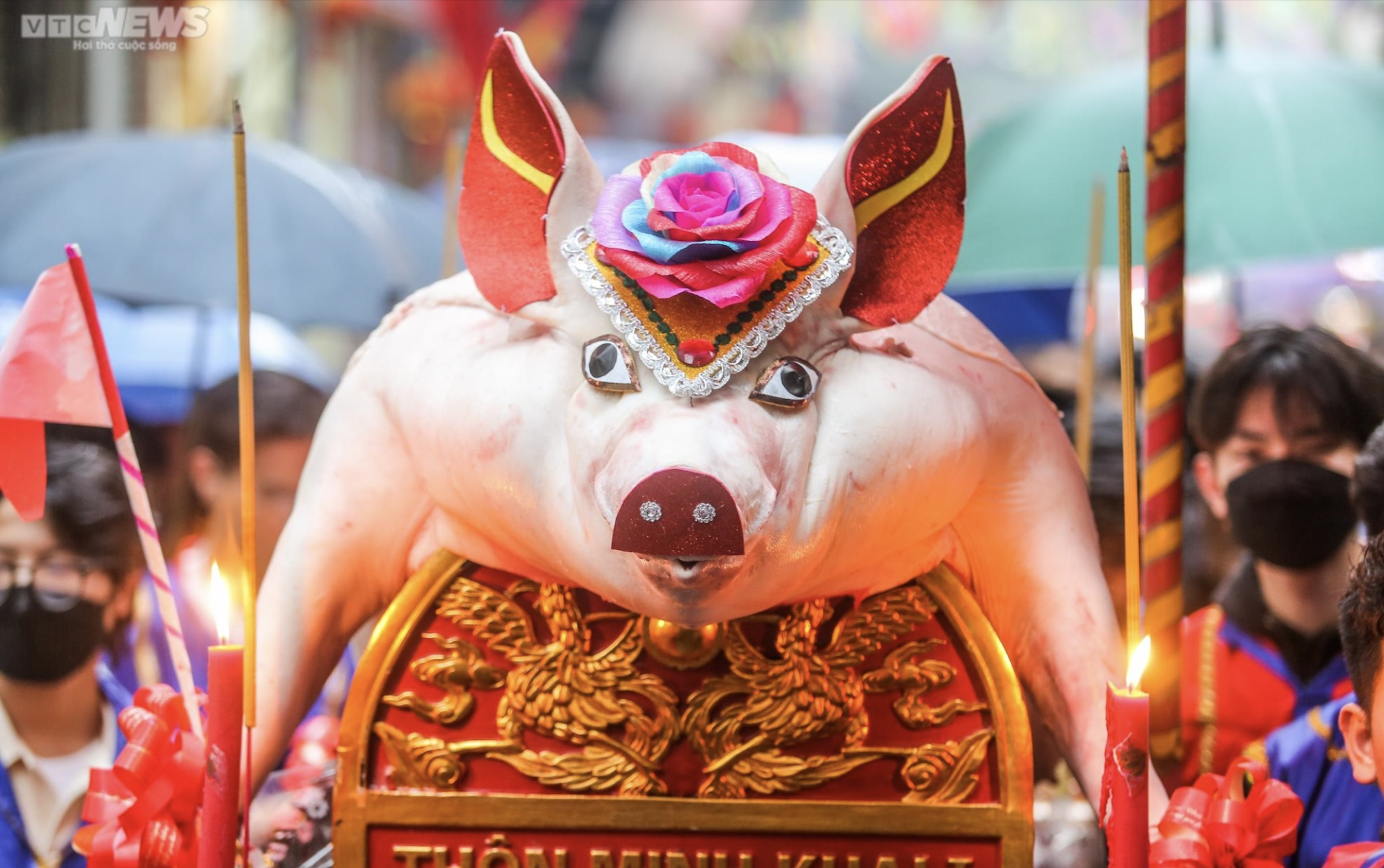



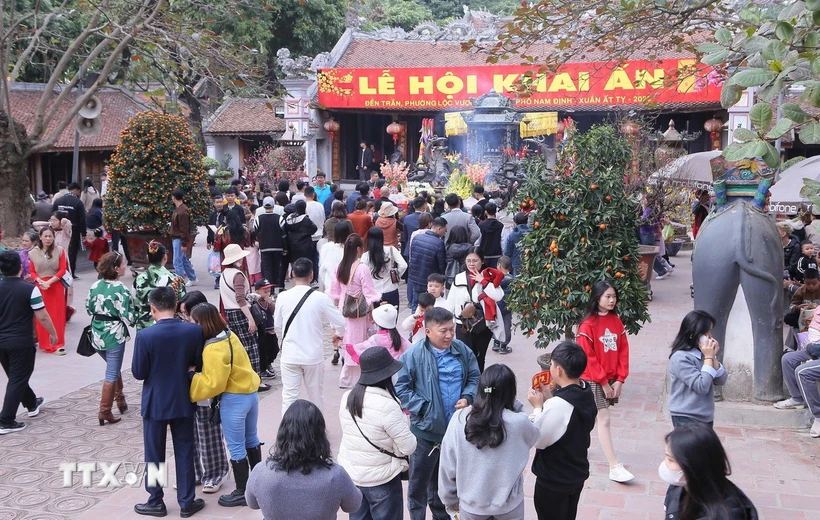
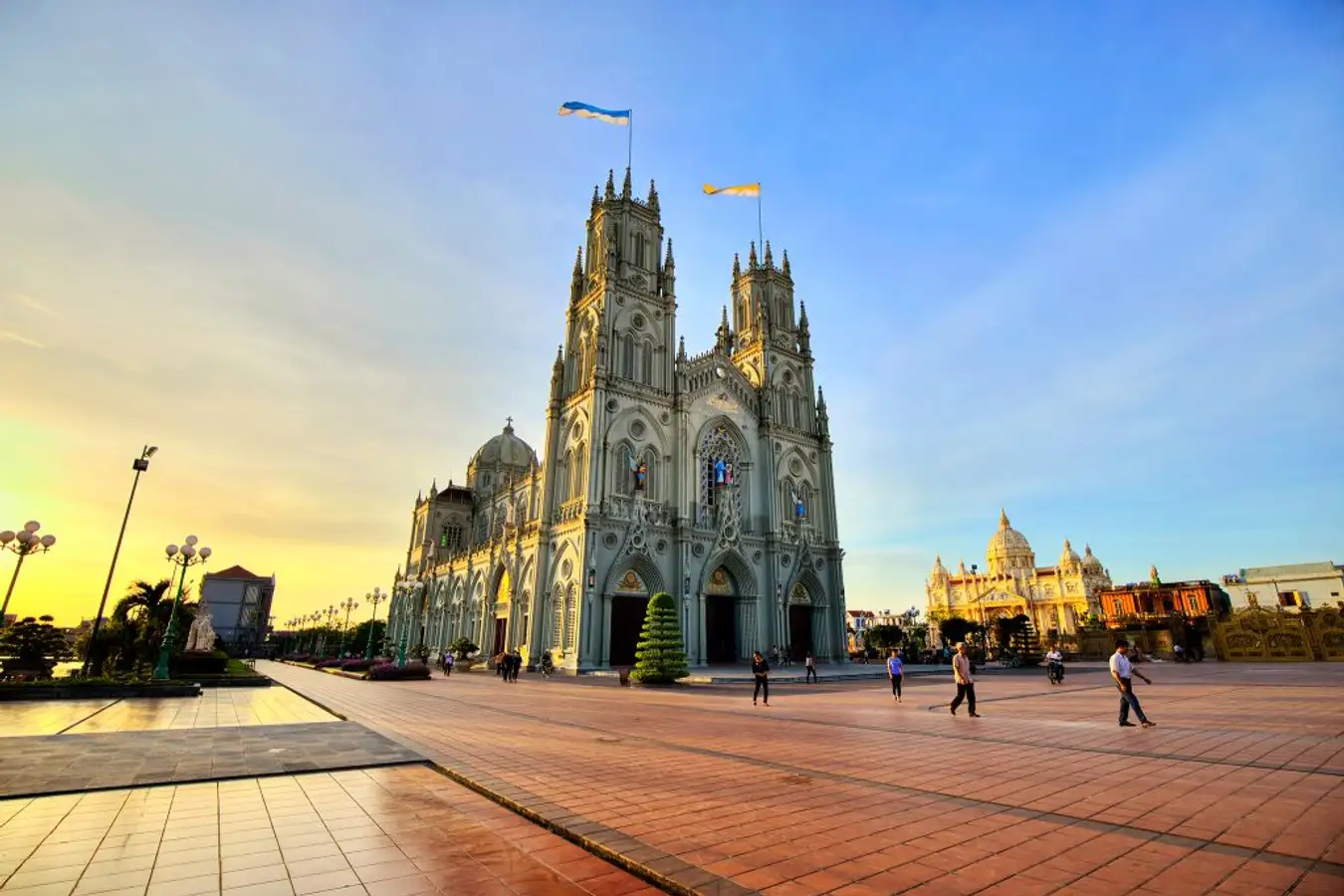























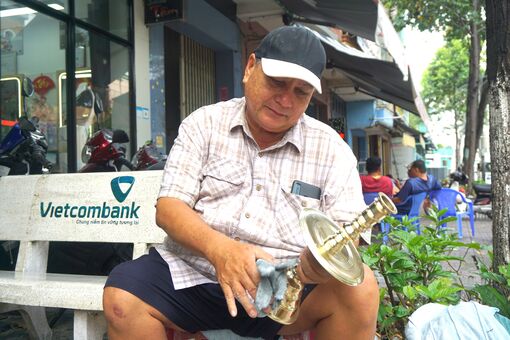

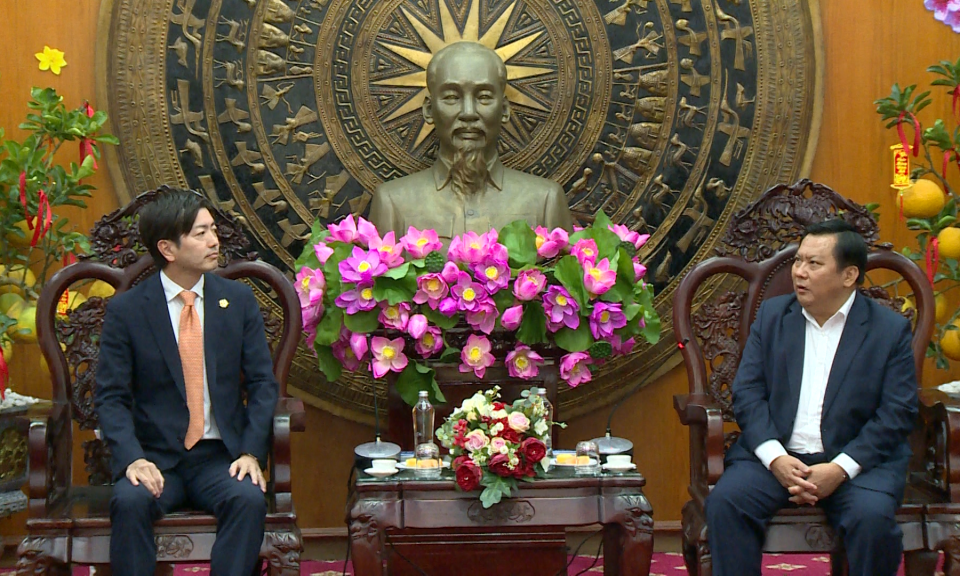


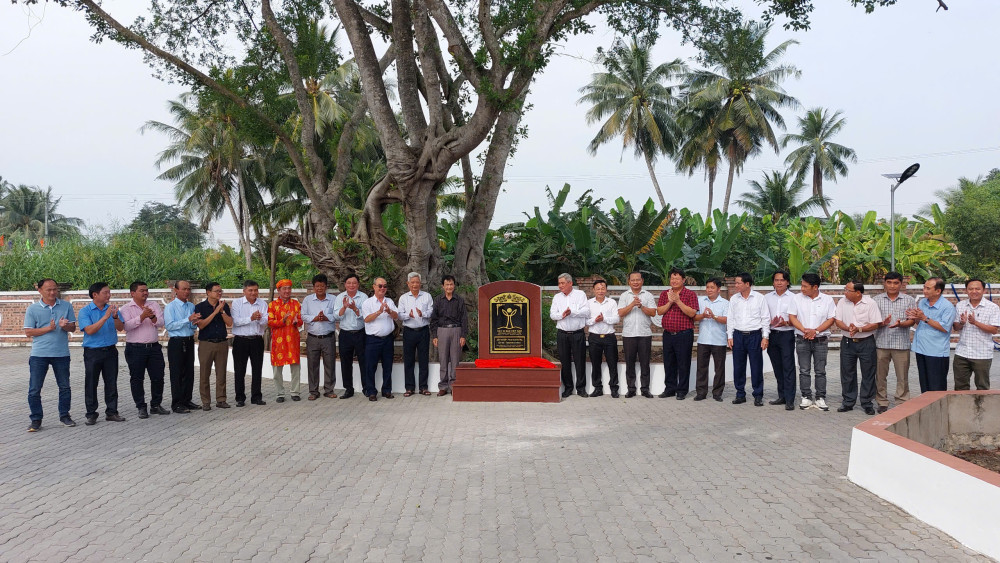

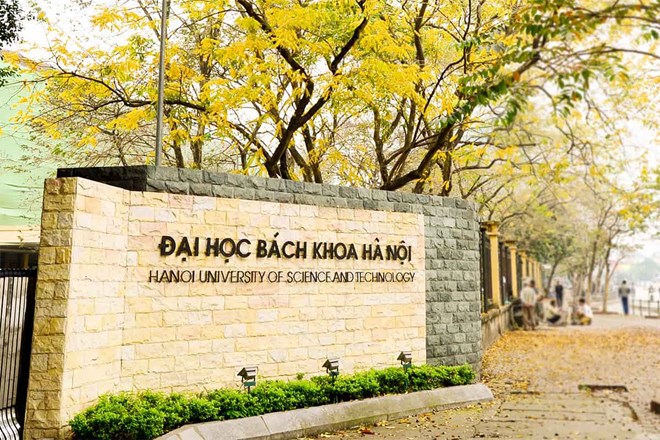


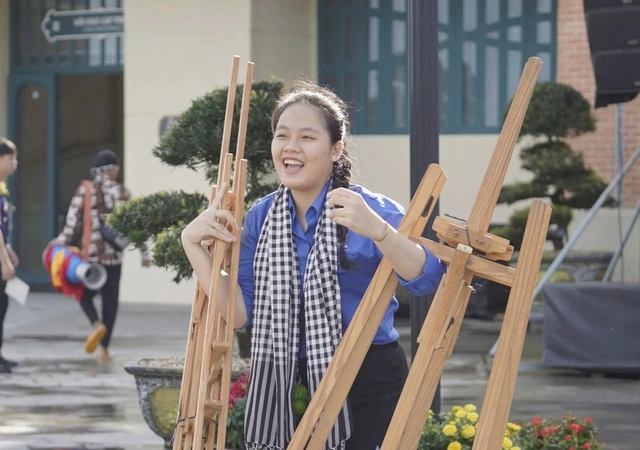



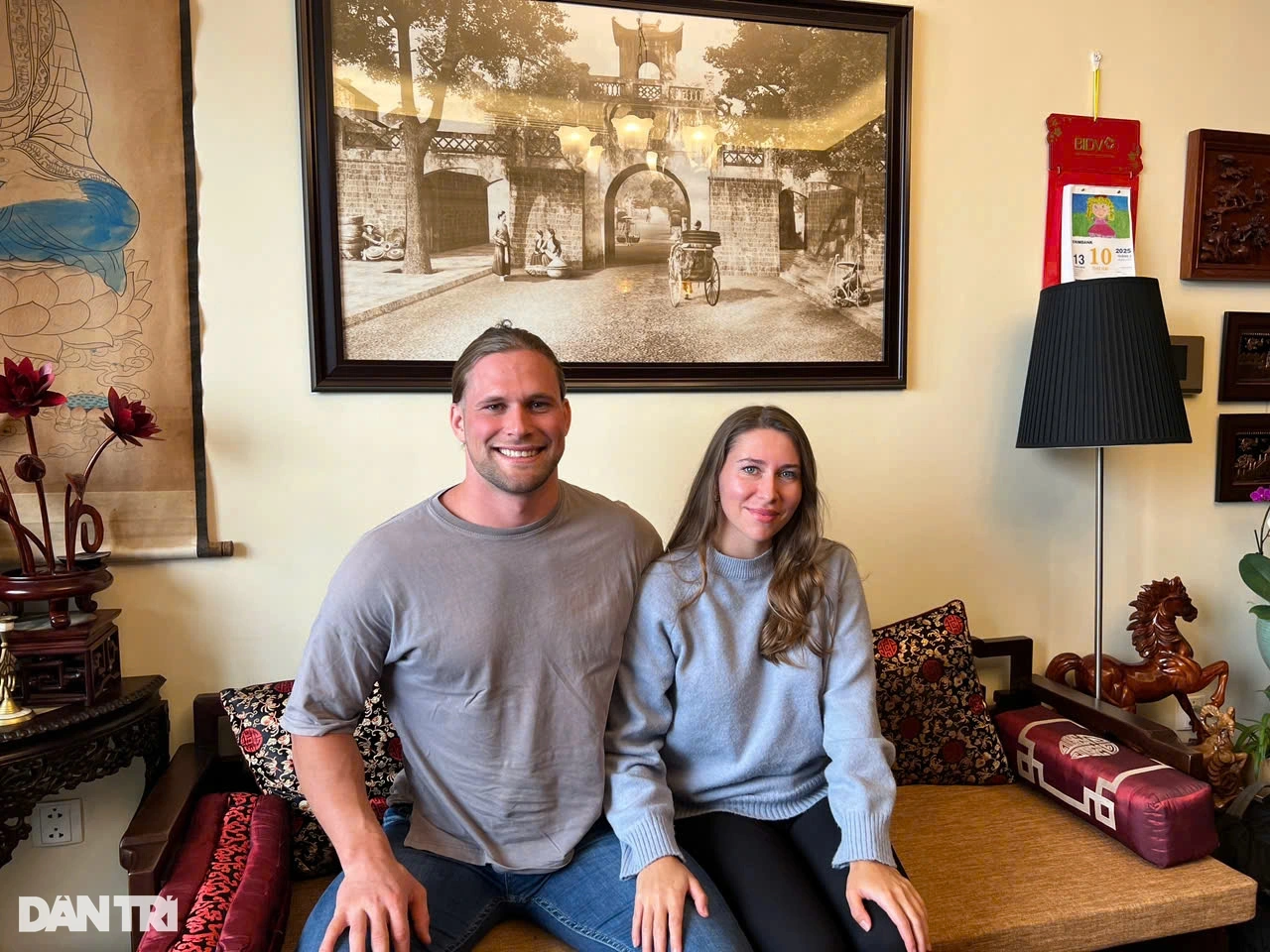

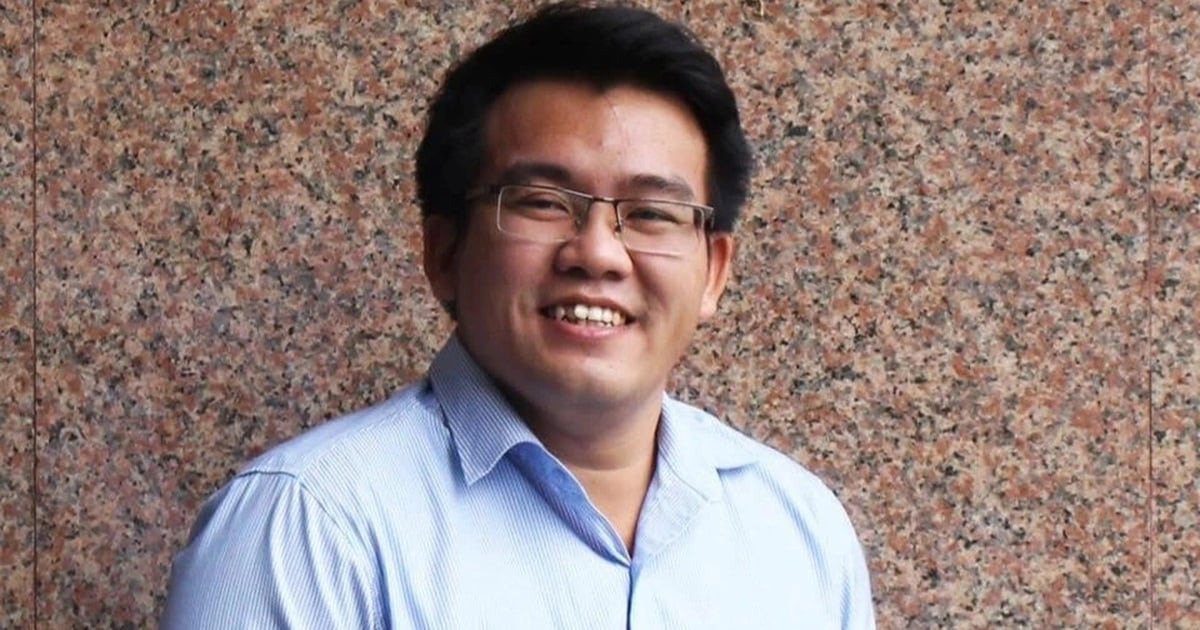







Comment (0)